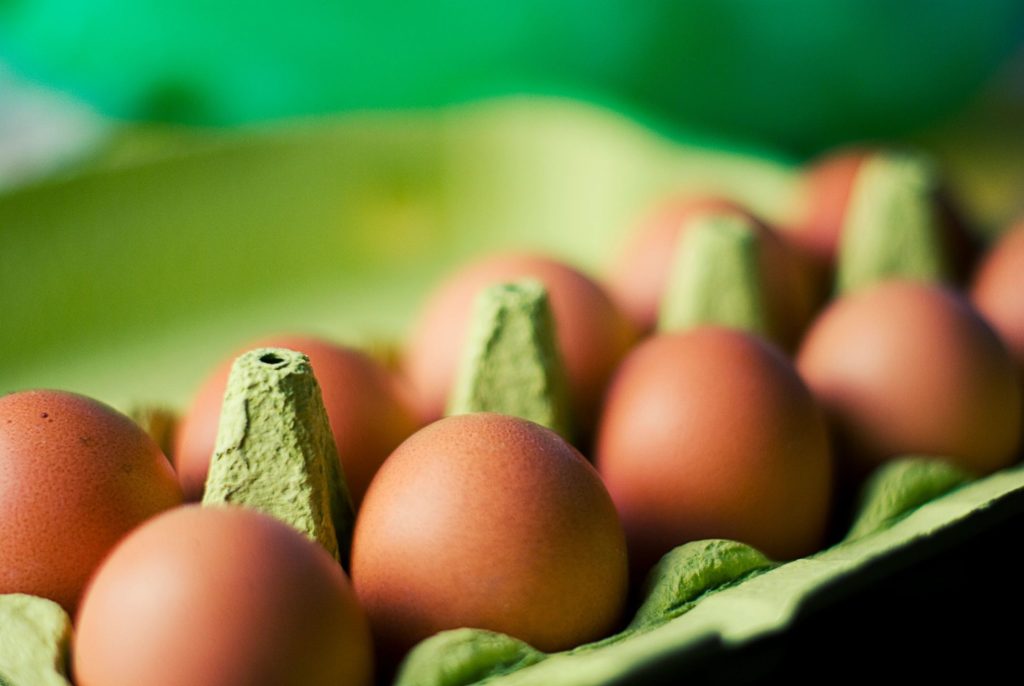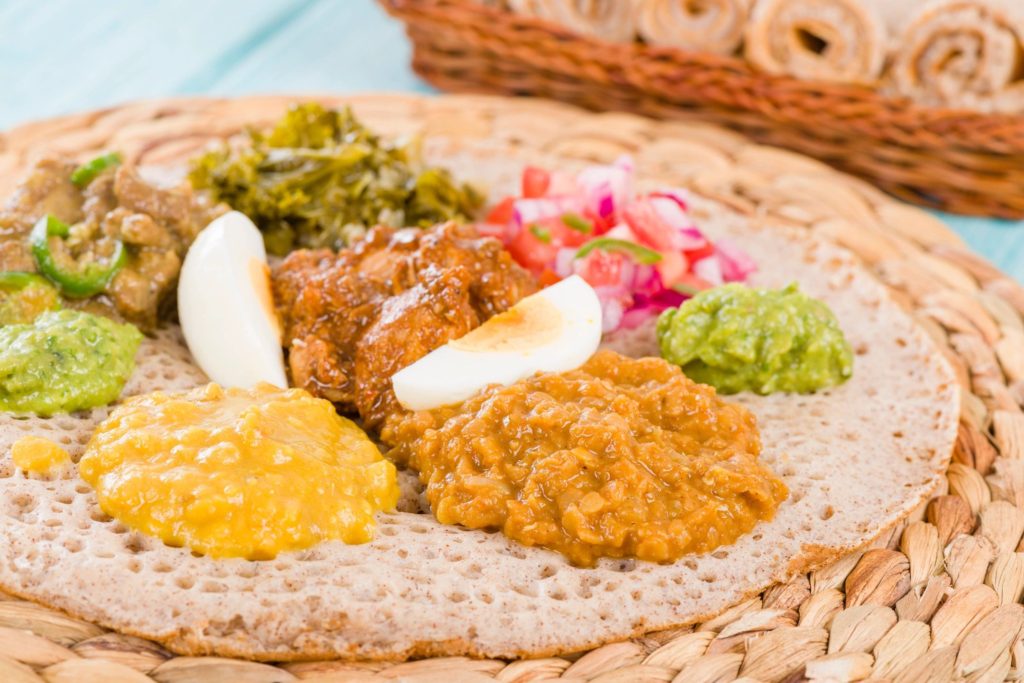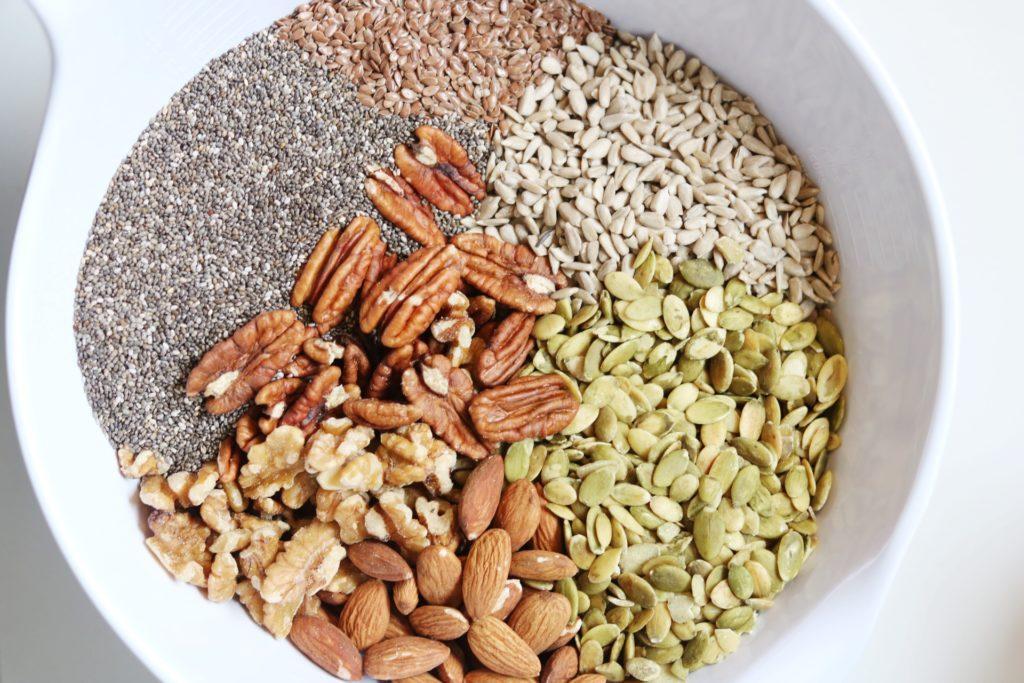Having an underweight little girl a few years ago, I was terrified that she wasn’t getting enough nutrition. Particularly protein which I knew, as a nutritionist, was critical for her growth.
The part that killed me was that my daughter hated meat. Actually, it’s more accurate to say Sienna avoided it because she couldn’t handle the texture.
And couldn’t manage chewing it.
Animal meat is challenging for kids to consume for a few reasons. But I never said never.

We continued to work on her overall relationship with food while gaining her comfort level with new foods like meat. Quality meat of course. One of her first meat-y foods was this…ultimate chicken nuggets.
Given her meat intake was sooooo low, you bet I was searching high and low for any and all other protein options.
That’s what I am here to tell you. Protein doesn’t start and stop at animal protein. They do have other wonderful nutrients, but for the purpose of macronutrient needs, there are other options. Yay!
First, let’s talk about what protein is!
It is one of three macronutrients that our food contains (carbohydrates and fats are the other two).
Protein is the body’s main building block.
It helps form muscle, produce hormones, strengthen skin and bones, and transport nutrients. It also helps to create protective white blood cells and antibodies to give us a strong immune system.
With all these functions, protein is a very important macronutrient, wouldn’t you say?!
Also, something important to keep in mind is that protein gets digested much slower than carbohydrates which means you (and your kids!) feel satiated for a longer period of time. So they won’t be begging you for yet another snack if they’ve had enough protein.
How much protein do your children need?
Toddlers between the ages of 1 to 3 need about 13 grams per day.
Children ages 4 to 9 need approximately 19 grams of protein.
Those between ages 9 and 13 need about 34 grams.
These are only guidelines and can shift up or down depending on the child’s weight, etc.
But what if your kids won’t eat meat?
There are great vegetarian protein ideas for kids who don’t like meat.
Don’t fret!

Eggs – contain vitamin K, B vitamins, selenium, and vitamin D. And one large egg has about 6 grams of protein. Head to this website for some kid-friendly egg-spiration!

Legumes – think kidney beans, chickpeas, black beans, lentils. In addition to protein, they have tons of fibre which is so important for digestive health and blood sugar control. About half a cup of cooked beans has 6 grams of protein and half a cup of cooked lentils has about 12 grams of protein! Check out this lovely soup recipe that contains both lentils and beans.

Tempeh – basically, this is fermented soybeans. It’s a great source of B vitamins, magnesium, iron, and probiotics. An 80-gram serving of tempeh contains 16 grams of protein! Simple preparation: marinate the tempeh in olive oil, tamari, garlic, and other spices of your choice for at least 20 minutes, and then bake it for 15 to 20 minutes at 350 degrees F. Or you can make tempeh ‘bacon’ by slicing the tempeh and then sprinkling it with some salt, garlic powder, and smoked paprika. Then pan fry in a bit of coconut oil, a couple of minutes on each side.

Nuts and seeds – these are a great source of monounsaturated and polyunsaturated fats, potassium, magnesium, calcium, iron, zinc, and vitamin E. The ones with the greatest protein content: hemp seeds (3 tablespoons contain 10 grams of protein), pumpkin seeds (about 1/3 cup has 15 grams of protein), almonds (about 20 almonds have 6 grams of protein), and brazil nuts/cashews/pistachios/walnuts (about 20 of these nuts have 4 grams of protein). Try these energy balls that your little ones can take to school!

Veggies – Surprise! Yes, some veggies do have a good source of protein…after all, every gram adds up! Here are some examples:
- broccoli (one cup or 90 grams) contains 2.6 grams of protein
- brussel sprouts (one cup or 88 grams) contain 3 grams of protein
- cauliflower (one cup or 100 grams) contains 2 grams of protein
- green peas (half a cup or 170 grams) have 4 grams of protein
- avocado (half an avocado or 100 grams) contains 2 grams of protein
Quinoa – If you want to venture into the grain world there’s quinoa, which is a great source of magnesium, manganese, vitamin E, and fibre. Half a cup of cooked quinoa has 6 grams of protein. Quinoa cooks like rice so simply cook it in some chicken or veggie broth and top it with some stir-fried veggies.
I’d love to hear how your family does with these ‘non-meat’ sources of protein…
Comment below!









There is no surprise that there are plenty of vegetarian proteins. We are strictly vegetarian (no eggs, gelatin) and our ancestors were same way and we are/were never protein deficient. There are variety of vegetables, legumes, nuts etc. which are incorporated in our traditional recipes. There are millions of vegetarian people.
Thank you for sharing Falguni! Many parents forget about all the options available which is why this post was written, as a reminder for those of us who need some inspiration 🙂